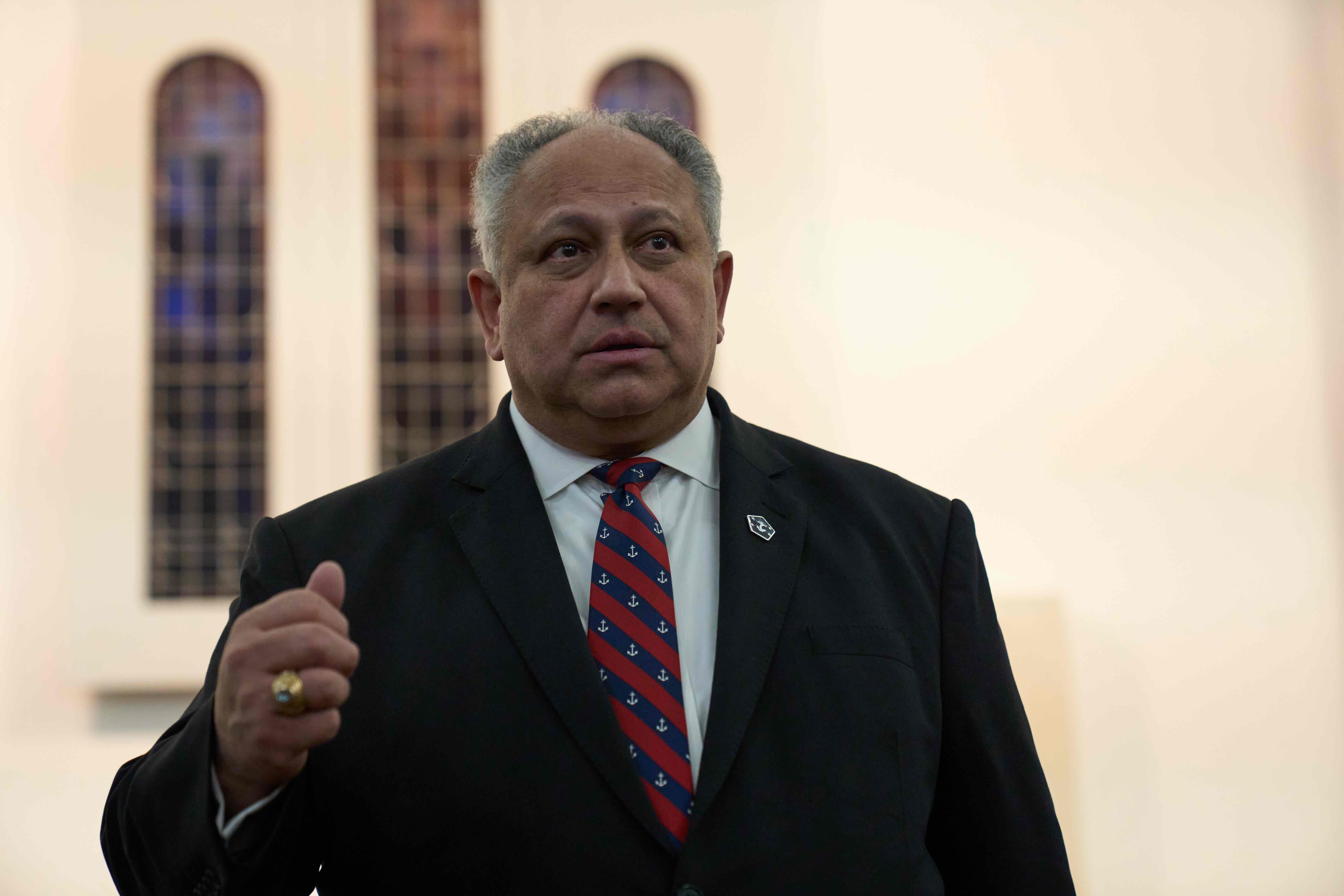
Ongoing problems with the Navy’s Optimized Fleet Response Plan delayed the release of the service’s new force structure assessment and long-term shipbuilding plan, Secretary of Defense Mark Esper told the House Armed Services Committee on Wednesday.
Esper told the panel a briefing with Navy leaders last Friday gave him doubts the pending Integrated Force Structure Assessment (IFSA) was ready for release. Since the conclusions of the new IFSA is an integral part of the long-range shipbuilding plan, Esper said he also held that report as well.
“There are some questions with regard to IFSA that I have, that I’m concerned about,” Esper said. “An assumption in the IFSA is that the OFRP works. The OFRP hasn’t worked for years, so why should we assume it will work in the future.”
USNI News first reported on the delay in releasing the long-range shipbuilding plans and the Friday meeting between Esper and Navy leaders.
As designed, the OFRP is a 36-month cycle built around maintenance and training for a seven-month deployment of a carrier strike group. The cycle also includes a sustainment period when a ship or strike group could redeploy or surge forward on short notice.
While the plan promised more reliability in how ships deployed, the Navy has been unable to meet its maintenance or readiness targets set out by the plan. The Navy started evaluating the effectiveness of OFRP last summer to see if the system needed changing, Adm. Christopher Grady, the commander of U.S. Fleet Forces Command, said in January at the Surface Navy Association 2020 symposium.
Acting Secretary of the Navy Thomas Modly described the IFSA as including changes to the way Navy traditionally considered manning while speaking last Friday at a Center for Strategic and International Studies event with the other service secretaries. At CSIS, Modly said the IFSA would be released within days.
Previously, Modly and Chief of Naval Operations Adm. Mike Gilday have both said the new IFSA calls for at least 355 manned ships and new classes of unmanned vessels. Both are scheduled to appear before HASC on Thursday.
However, the Navy presented a flat Fiscal Year 2021 shipbuilding budget request critics say barely provides enough funding to maintain a fleet of 300 ships. The five-year outlook in the FY 2021 budget proposed constructing 13 fewer ships than the Navy projected a year ago in its FY 2020 budget, according to a Congressional Research Service report released last week on Navy Force Structure.
On Monday, Esper decided to hold onto the IFSA and the required 30-year shipbuilding plan until a series of reviews are completed by the Navy, outside think tanks, and members of the Pentagon’s Cost Assessment and Program Evaluation (CAPE), Esper said. He plans to incorporate the combined findings of these three reviews into the IFSA and shipbuilding plan.
“So, there are assumptions I want to go back and have discussions with the Navy,” Esper said. “There’s other assumptions in there about ships and warfighting, that I want to make sure I get right, so when I present you the plan, it’s defensible and I feel confident in it and the Chairman feels confident in it.”





